When After Burner blasted into arcades in 1987 it quickly became a smashing success, emerging as one of SEGA’s top franchises. Naturally, SEGA endeavored to port the game to every single piece of home gaming hardware under the sun. Famicom, Master System, Commodore 64, DOS, you name a gaming platform that was still relevant in the late 1980s, and chances are that platform got a port (or two) of After Burner.
Unfortunately, none of these systems were capable of doing After Burner’s explosive graphics and frenetic game play the justice they deserved, and so these ports fell short. It would take eight years for home consoles to catch up to SEGA’s arcade technology. Once they did SEGA wasted no time in finally bringing After Burner home in the form of After Burner Complete, an exclusive to SEGA’s brand new, ill-fated add-on, the 32X.
After Burner Complete is definitely a game that lives up to its name. Graphically, the game is a near flawless port of its arcade counterpart, bringing home the spectacular sprite scaling and speed fans of the arcade version know and love. When the action is at its most chaotic the screen can be literally filled with smoke, planes and explosion, while small towns, forests, or other environments scroll along the ground. No matter how busy the screen gets, the frame rate never misses a beat, remaining silky smooth throughout the entire experience.
Unfortunately the developers did have to make one sacrifice in order to get the game up and running on the 32X: the frame rate was halved from the arcade version’s 60 FPS to 30 FPS. It can be difficult to tell the difference though and I’m not even sure many people outside of the hardcore frame rate junkies will even notice. Despite the lower frame rate, After Burner Complete runs spectacularly well on the 32X, making it one of the best looking home conversions available.
After Burner Complete is definitely a game that lives up to its name.
These graphics help facilitate one of the most exciting arcade experiences ever made. After Burner is an incredibly difficult game that will throw dozens of things at the player at any given time. Though the game starts out fairly easy, it isn’t long before your F-14 will be faced with a constant barrage of enemies, missiles and obstacles, all of which require great reflexes and skill to avoid. Really, this isn’t so much a game as it is a mile a second thrill ride, one that can give you a great sense of satisfaction if you manage to see it all the way through to the end. The experience is short, since the game can be completed in about twenty minutes, but between the multiple difficulty settings and the scoring system, it’s twenty minutes you’ll want to experience over and over again. That is, if the aforementioned insane difficulty doesn’t turn you off first.
This difficulty may be one of After Burner’s greatest assets, but it is also easily the game’s greatest flaw. Though I wouldn’t go so far as to call the game unfair (most of the time), it doesn’t leave any room for human error. Your F-14 cannot take a single hit without exploding and there are a lot of things trying to hit you in this game. As the game continues, enemy missiles become more frequent and more accurate, and enemies will begin appearing on your six far more frequently trying to fire a missile down your tail pipe. Easily the worst moments of this game happen in the two “canyon run stages”, where the game’s speed, difficulty, and the Genesis’ digital control pad all come together to make stages that are nearly impossible to get through. Thankfully, these stages are easily beaten by simply flying at the top of the screen, but they do represent the only brief dark spots in the experience. Personally, I grew to love this game’s hardcore difficulty because it does what few games manage to do these days: it gets my adrenaline pumping. Like I’ve said before, After Burner is a thrill ride and the difficulty is a huge part of that.
Really, this isn’t so much a game as it is a mile a second thrill ride, one that can give you a great sense of satisfaction if you manage to see it all the way through to the end.
That said, After Burner Complete does make an effort to reach out to console gamers, making it infinitely more accessible then its arcade counterpart in the process. The game introduces a checkpoint system that saves your progress every five stages, allowing you to start at these stages with full health and ammunition once they’ve been reached. Complete also introduces an options menu which allows you to tweak the game’s difficulty (from super easy to super hard) and increase the number of lives you start out with from three to five. It is even possible to set the Vulcan cannon to automatic fire so that you can focus all of your attention on your maneuvering and missiles.
These changes and options do a lot to make After Burner Complete a superior home console experience then a straight up conversion would have been and are pretty much the only reason I was able to review this game to begin with! Until recently I could not even get past stage 4 on normal mode and even easy mode was proving difficult. Even super easy mode is far from a walk in the park, but it was through that mode that I was finally able to make it back to the aircraft carrier in stage 23. These new difficulty modes also add a lot of replay value to the game and can help ease newcomers in to the real After Burner experience. I, for instance, was able to get all the way to stage eight on normal mode, after beating the game on super easy for this review!
As fun as it may be, After Burner wouldn’t be the experience that it is without its music. After Burner’s soundtrack was composed by Hiroshi Kawaguchi, the same man responsible for the music in Space Harrier, Hang-On and OutRun. Anyone familiar with Kawaguchi’s other work knows what to expect here: an exciting, high energy soundtrack that not only sounds great on its own, but compliments the action in After Burner flawlessly. Unsurprisingly, his work has been referenced numerous times over the years and you can check some of them out (as well as the original Kawaguchi tracks) here and here.
There’s a reason why After Burner is considered a classic: its speed is incredible even by modern gaming standards, its game play is simple and addictive and the super scaling graphics still look great, making After Burner a timeless experience synonymous with the SEGA’s early blue sky efforts. After Burner Complete is a great, if brief and limited, experience that tailors the game to be more suitable for home console play without diminishing what made the original great. Anyone who is a fan of arcade games and enjoys perfecting their playthroughs of brief experiences will find a lot to love here. Gamers who dislike hardcore challenges or prefer more meat in their games will likely grow tired of After Burner quickly.
The best After Burner experience is and will forever be in the arcades, with a full motion cabinet.
In the end, Complete’s biggest flaw is not its difficulty or brevity. It’s that it still isn’t a 1:1 representation of the arcade experience. No matter how flawless the graphics are, it’s impossible to bring the full arcade experience home without shelling out hundreds of dollars for the original, full motion arcade cabinet. After Burner’s most notable innovation was the use of a cabinet that moved with the motion of the plane, giving players an immersive experience that is still unrivaled in today’s home video games. The best After Burner experience is and will forever be in the arcades, with a full motion cabinet.
That said, After Burner Complete is a great substitute and one of the best and most accessible ports out there. Though the Saturn version runs at an arcade perfect 60 FPS and is a virtually flawless conversion all the way down to the arcade code, it is also only available through the pricey SEGA AGES compilation disc or the import only stand-alone port, neither of which are easy to obtain. Unfortunately, the only other arcade perfect port is currently only available in Japan on the 3DS and as of yet there is no word whether or not it will be getting a stateside release. If you’re looking to bring After Burner home, it’s hard to go wrong with After Burner Complete!
Positive:
- A great port of a classic arcade game
- Memorable soundtrack
- Extreme difficulty gives beating the game a sense of accomplishment
Negative:
- Can be too hard for some players
- Only enough content for about twenty minutes of play
- Still can’t beat the arcade experience
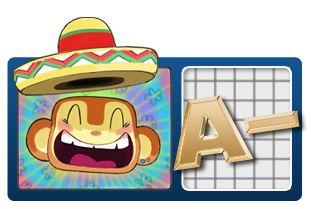 “One of the best ways to play After Burner at home and one of the best games on 32x”
“One of the best ways to play After Burner at home and one of the best games on 32x”
Ad:

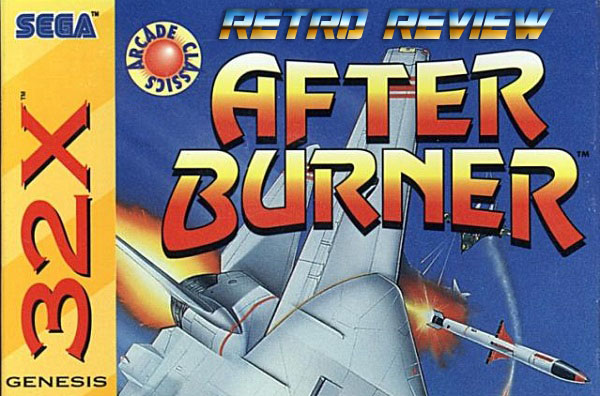



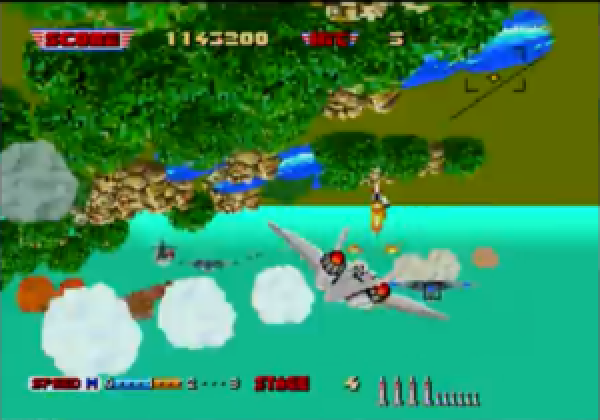
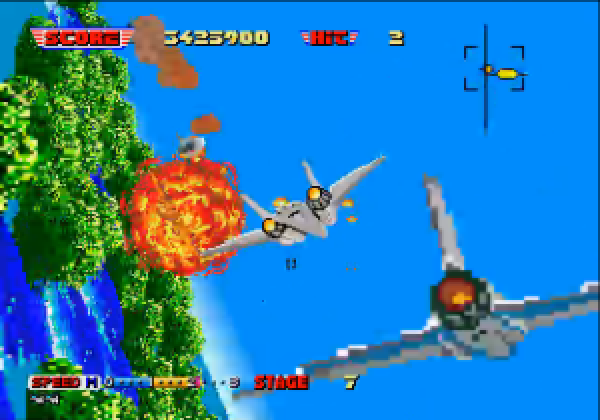


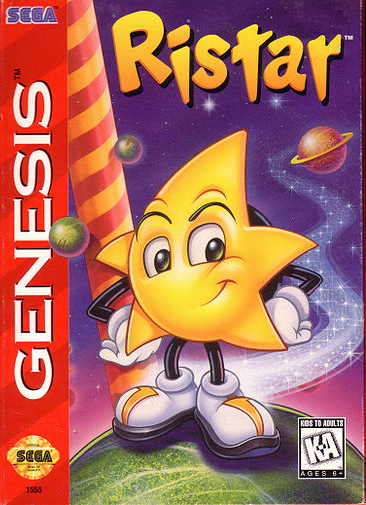
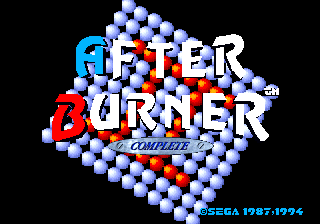

I couldn’t agree more. Good review.
So Sega was supporting rival companies consoles that were competitors to their own even as late as ’87?
I knew Sega was acting as a third party platform agnostic company before they started their own console range just before the mid 80s, but by ’87? News to me.
Yeah, a lot of 1980s SEGA arcade games found their way to other platforms. I think SEGA sold the licenses to other companies or something.